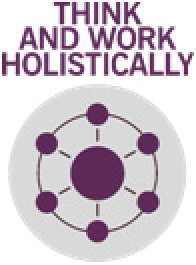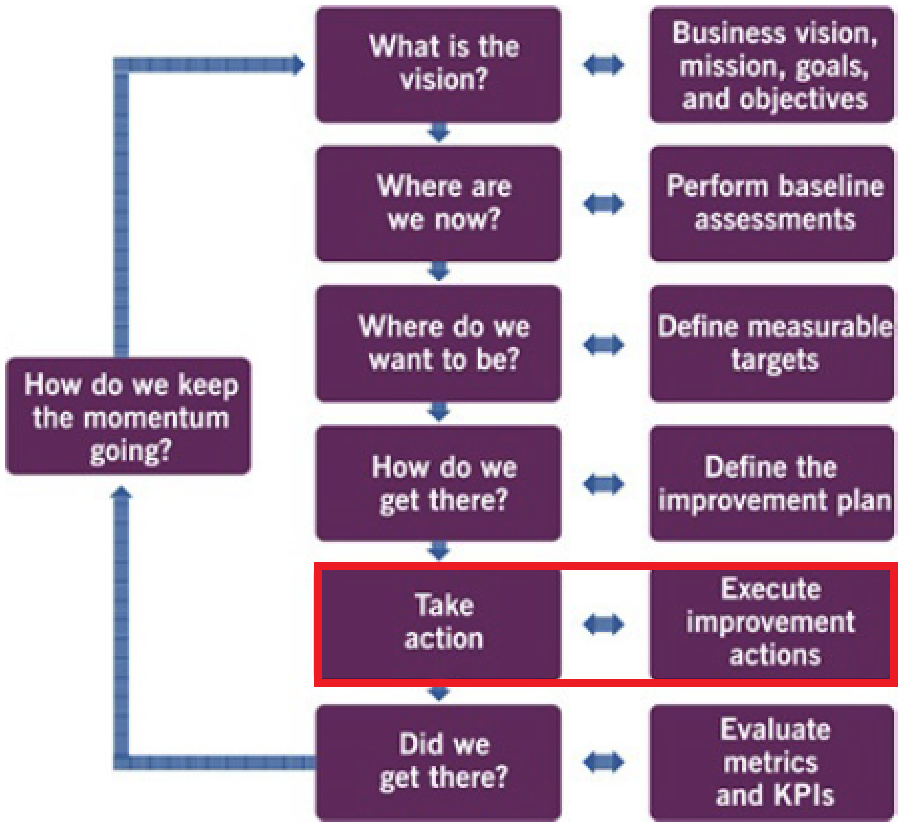ITIL 4 Managing Professional Certification Course: Create, Deliver and Support (CDS) - Results based Measuring and Reporting
1. Why measure ? To identify current and planned future state To measure achievement of improvements, changes, or plans To measure progress towards goals or objectives To support business decisions To drive behaviours To understand how well services are meeting customer needs/expectations To identify opportunities for improvement |
 |
Output/outcome:
- Output: an output is a tangible or intangible deliverable of an activity
- Outcome: an outcome is a result for a stakeholder enabled by one or more outputs
Measuring people:
- Results‐based measuring is the easiest way to translate strategic objectives into measured actions
- Must have the skills and abilities needed to complete required work and selfmonitor their performance and correct performance errors
- Motivates people to improve, allows autonomy on how to deliver the results (lifelong learning)
Setting performance goals:
- Meet face-to-face to discuss and agree goals
- Make sure goals are suitable for the individual
- Ensure goals are specific, measurable and documented
- Define goals for each organization, function, team, employee (link each team goal to organization goals or service goals)
- Align goals with customer needs and work activities
- Use both qualitative and quantitative goals
- Monitor goals and adjust them if they are not realistic or the situation changes (guiding principles: progress iteratively with feedback)
- Good goals help you measure the impact of changes and improvements
2. Culture of continual improvement
Everyone knows that continual improvement is a good thing but it is only effective when it is embedded in the culture:
Key people often drive continual improvement: what happens when they leave ? Great organizations embed continual improvement in their culture:
|
 |
- Active encouragement of positive behaviours in recruitment, onboarding, meeting culture, language, taxonomy…
- Marketing and celebration of success
- Clarity on continual improvement process, tools, decision‐making…
Consider organizational change management to build great culture
Go back to ITIL 4 Managing Professional Certification Course: Create, Deliver and Support (CDS) to finish this chapter or to the main page ITIL 4 Managing Professional Certification Course.
Interesting Management
-

Part 1: A good manager, better team motivation, better team productivity, better team results
When you are managing a team, “how to be a good manager” is the “must”...
-

Report optimization, increase your time management
As manager, I am doing many reports, even when I was an ITIL consultant, I still needed to do many reports...
-

Tools to get your ITIL intermediate certifications, the missing 15 points for the ITIL 4 Managing Professional
ITIL V3 is going to be obsolete...
-

The importance of the first customer meeting for the service
Managing an IT service when I start a new company is not an easy task, particularly true, if the service...



